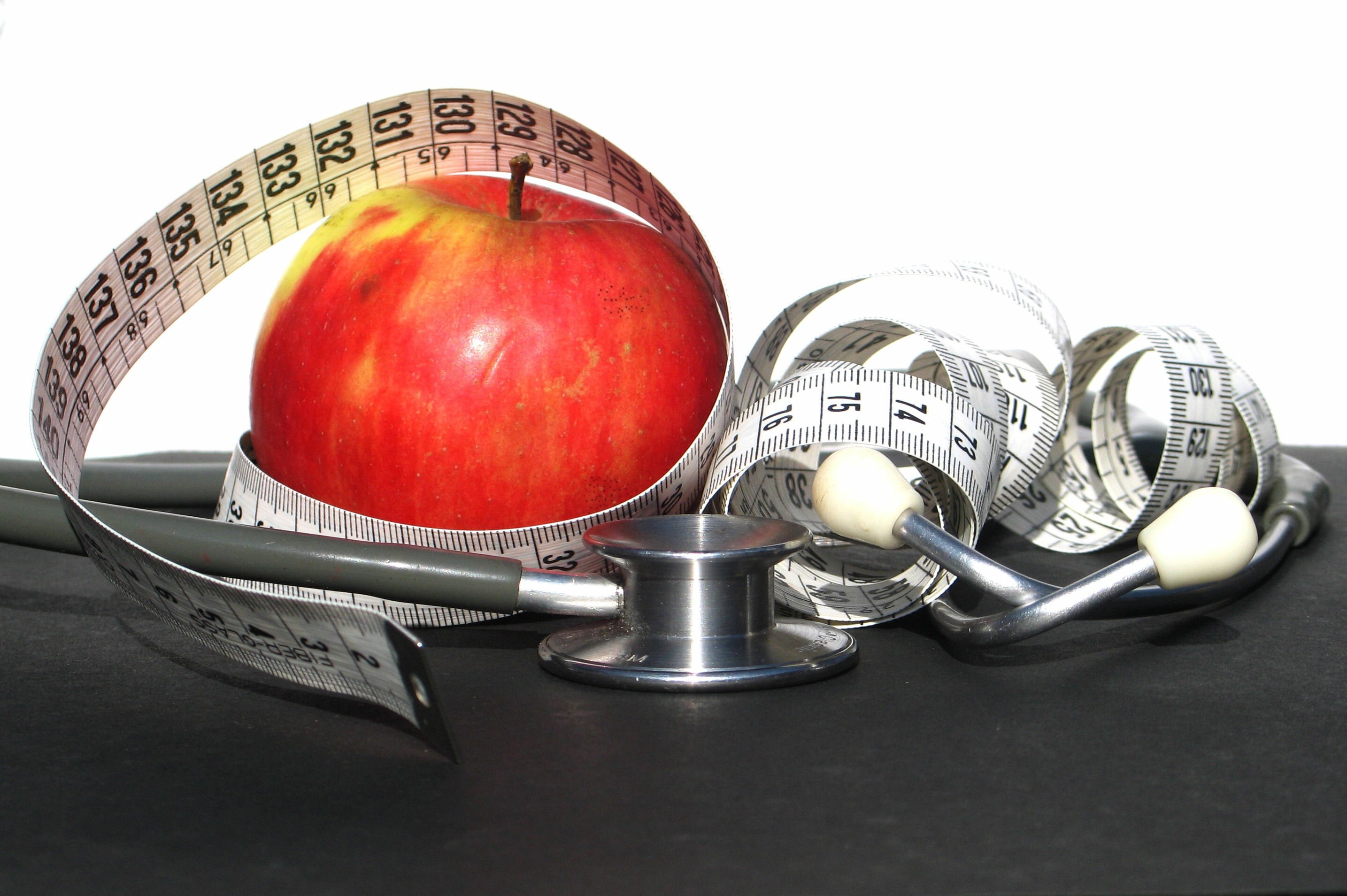.…. helping with its 500 functions
On the whole, we simply don’t acknowledge what our liver does and its incredibly complex function. Without that realization, we can’t fully appreciate it. As the heaviest organ in our body, the liver is also the second largest organ… with skin taking first place. What is best to remember though, is that it performs more vital functions than any other gland or organ and is known as one of the body’s most complex organs with a dual role as both organ and gland. Our liver’s systemic involvement includes food metabolism, protein synthesis, waste removal and energy storage, as well as an efficient immune system. Think about it, that’s an impressive list that keeps you healthy.
One well-known liver activity is production of bile from cholesterol which is then stored in the gall bladder. This is a crucial activity in the small intestine’s digestive process. We’re all familiar with the “gallstone” result when things become overloaded. Active in conversion and storage of sugars, the liver is also involved in assimilation and storage of fat-soluble vitamins A, D, E and K, and in many biochemical reactions. That may not sound like a big deal, but if you cannot store those vitamins….might that account for today’s epidemic low-vitamin D levels? Apparently not, but…. it’s a good point to be aware of. The filtering of wastes through formation of lymph and our phagocytic system means the liver is involved in conversion and removal of drugs, altering or excreting some hormones, and conversion or removal of harmful substances. Now that’s huge.
It was only in the mid-to-late 1990’s that science discovered the liver converts vitamin D into a hormone precursor as part of its enzyme-secreting function. The resulting prohormone is then converted in the kidneys to the hormone form of vitamin D, currently implicated in both bone and immune system health. Without that vitamin D, you can supplement calcium for osteoporosis all you like but it won’t make a difference. Nevertheless, the calcium drug supplement is the first thing prescribed with a diagnosis of osteoporosis or its forerunner osteopenia – rather than a blood analysis of vitamin D levels, maybe with an accompanying suggestion to do a liver cleanse. Research is ongoing to examine the vitamin D link to heart health and diseases like cancer and ‘autoimmune’ conditions. You must now be gaining a better appreciation of your liver and it’s massive role in your good health.
You should also know that as a specialized organ, the liver even has it’s own cell structure. The hepatocyte liver cells make up approximately 80% of the liver to perform various functions, including many endocrine or glandular activities. Hepatocytes also absorb glucose, mineral and vitamins for storage. Many important substances, including blood clotting factors, are synthesized by the hepatocytes.
There is currently no artificial organ or device that can perform the function of the liver. Amazingly, it is responsible for some 500 known functions and is currently the only organ capable of regeneration. How this occurs is still under research.
The liver undergoes very rapid division of its cells while still performing all functions impeccably! The discovery that the liver could regenerate itself occurred in 1931 by two surgeons at the Mayo Clinic. By the late 1960’s, the first successful liver transplant occurred from a non-living donor, but was still considered experimental surgery throughout the 1970’s. In 1989, the University of Chicago Medicine performed the first successful living-donor liver transplant in the nation. It took 60-years to get to that point.
This more recent discovery that a liver can grow into a fully regenerated organ from as little as 25% of its normal mass is unprecedented in liver transplant surgery. Living-donor liver transplantation (LDLT) surgery has emerged in recent decades as a possible option for end-stage liver disease but is a much more complex surgery for both the living donor and recipient than cadaver transplants. With the liver being the second most commonly transplanted major organ, after the kidney, it is evident that liver disease is a common problem in North America. Having a hint of how massive a ‘laboratory’ our liver is and how the body is always working to heal itself, can be the incentive for you to provide a little extra help now and then.
We rarely consider the vital function our liver performs in conversion of toxic substances into nontoxic substances. It filters our blood many times a day to eliminate alcohol, drugs, artificial chemicals, dyes, preservatives and environmental toxins – with those being over and above our body’s usual metabolic wastes. When we pause over this important role of detoxification, it isn’t surprising that a liver cleanse could have a very major impact on liver function and overall health. And then there’s the energy and emotional association. Both Traditional Chinese Medicine and India’s Ayurvedic medical system still view the liver as a storage vessel for excess emotions and anger. With society at such a stage of over-expression, we may benefit in more ways than one from a liver cleanse.
Did you know that there are cases of the Hulda Clark liver cleanse painlessly eliminating the need for gall bladder surgery? Yes, painlessly. From that alone, it’s obvious her liver cleanse helps both the liver and its associated gall bladder. Imagine the improved function! It has the bonus of being tested successfully by hundreds of users over the decades she promoted it, whether for those in good health or those with cancer and other conditions. Be aware that not all liver cleanses are equal and some cleanse packages contain many herbs and a lot of ingredients. The original Dr. Clark cleanse uses 3 common ingredients only, with an optional fourth.
A revealing comparison for something this valuable is how often we change the oil in our car versus the number of times we do a liver cleanse. All car owners know the costly, sad story that follows when you don’t change your car’s oil, especially if it runs dry. Should I admit that mine blew up?…faulty engine light. I stopped noticing it, just like we do with early body signals. No one says that learning is easy, but it doesn’t always have to be so painful.
Now, various herbal teas are often suggested for liver support but the Dr. Hulda Clark liver cleanse has no comparison for effectiveness. When done properly, this liver cleanse provides the most surprising evidence of how important periodic cleansing is, even for those who consider their health to be perfect.
Consisting of lemon juice, olive oil and Epsom salt, her cleanse relies on specific timing and adherence to a fat-free diet for ideally, two days. You can however, eat as much as you like as long as you eat ‘fat-free’. This allows the gall bladder and liver to rest from involvement in fat metabolism. Other than that, it’s a simple cleanse to do. No more than one liver cleanse per month should be done on average use, allowing your system to re-balance each time. In-between your semi-annual or annual ‘Dr. Clark liver cleanse’, you can use herbal teas and food supplements according to preference for support of healthier organ function.
Caution: If you take daily medication for any condition, from gout to heart or pain medications, you should first check with a master herbalist or a similar alternative health practitioner before using herbs to cleanse for more than a couple days. This is because some herbs renowned for their purifying effects, like milk thistle, draw out synthetic substances as part of their cleansing action. This means they may draw out drugs you take, lessening the drug’s effect for management of symptoms. You may feel worse for a couple days, but consider the tune-up you’re giving your liver before you cast cleansing herbs aside .
As a last comment, I might also admit I did seven liver cleanses in a row. Yes – that does sound excessive, but I was very ill at the time. The repetition emphasizes the impressive results I noticed. To read the procedure for this cleanse, click on the Dr Hulda Clark Liver Cleanse for the guidelines that are from her book, The Cure For All Diseases, beginning on page 546.
Now this is finally the end of my ‘liver appreciation’ article, and with a resounding clap for the liver, may you consider giving yours an easy ‘tune-up’.
Herbs regularly used for their cleansing effect for the liver include:
Milk Thistle: assists liver in detoxification process, eases indigestion, cleanses the liver, assists cirrhosis and hepatitis, helps restore liver function and assists with substance abuse
Dandelion: combines liver tonic properties with diuretic benefits, especially useful for chronic blood toxicity. Cleansing action for prostate, kidneys, liver, blood and spleen
Rosemary: antispasmodic properties help with cramps; acts as a stimulant, toning and calming action on digestion; antimicrobial
Artichoke: a member of the milk thistle family, artichoke is known to support liver function and helps to stimulate bile production
Lemon juice – acidic in the mouth but alkaline in our metabolism, lemon is a body stimulant, provides minerals and vitamins and is a natural antiseptic. To protect tooth enamel from the acidic reaction in your mouth, follow ingestion of lemon or lime juice by swishing with a pinch of baking soda in water to neutralize the acidity.



